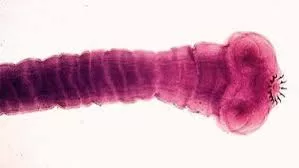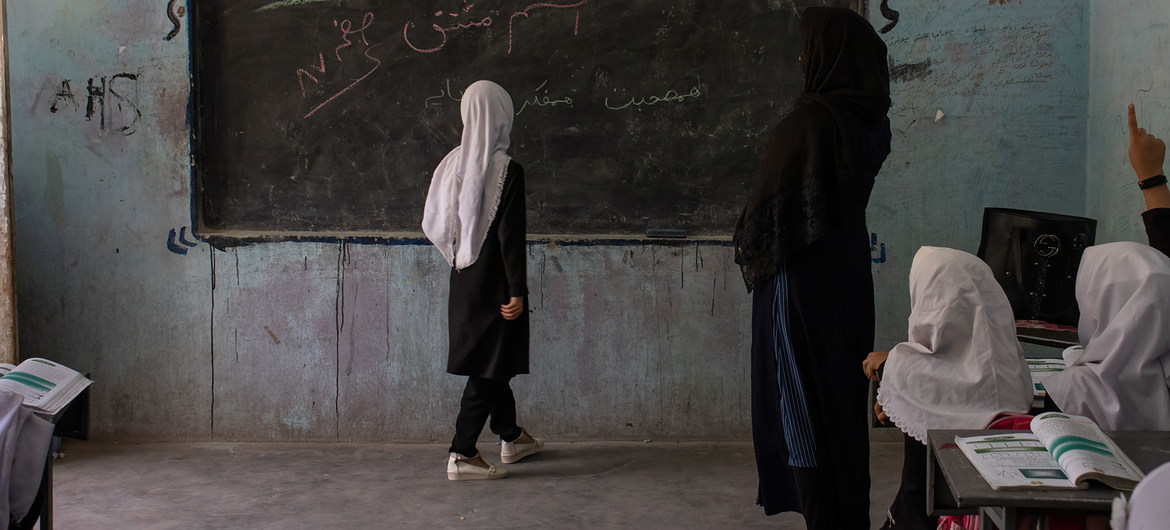A team of researchers from North Carolina State University has made significant strides in understanding the complex ecology of Gardnerella, a group of bacteria associated with bacterial vaginosis (BV) and pre-term birth. Their findings, published in the journal mSystems, reveal that multiple species of Gardnerella can coexist within the same vaginal microbiome, shedding new light on its potential effects on human health.
Gardnerella, anaerobic bacteria commonly found in the vaginal microbiome, are known for their association with BV and increased risk of pre-term birth. However, these bacteria are also present in women without any disease symptoms. This paradox prompted researchers to delve deeper into the diversity and ecological interactions of Gardnerella species.
“We were trying to understand diversity within Gardnerella,” explained Ben Callahan, associate professor of population health and pathobiology at NC State and the corresponding author of the study. “Scientists have only recently begun to look at individual Gardnerella species, so we don’t know yet whether different species might have different health effects. So our main aim was to explore the ecology of Gardnerella.”
One of the unique challenges the research team faced was the sequencing of the vaginal microbiome, predominantly composed of the host’s DNA, making the extraction of microbial data more costly and time-consuming. To overcome this, the researchers developed a methodology to identify distinct species of Gardnerella from microbiome data.
“The available tools to study the vaginal microbiome would consider all Gardnerella as the same species,” said Hanna Berman, postdoctoral research scholar at NC State and lead author of the work. “To even be able to do this work, we had to create our own database of Gardnerella genomes and devise a method to identify the different Gardnerella species. Hopefully this will also allow more researchers to be able to study Gardnerella diversity.”
The team analyzed sequencing data from three cohorts: two random populations of pregnant women and one population with a history of pre-term birth. They examined the metagenomic sequences of Gardnerella to identify any relationships between specific Gardnerella species and pre-term birth.
While the researchers did not find a definitive link, their work yielded two unexpected discoveries. First, they identified a potential 14th species of Gardnerella, expanding the known diversity from 13 to 14 species. Additionally, they observed that in the majority of samples where Gardnerella was present, multiple species coexisted. Some samples contained as many as all 14 known Gardnerella species.
“Normally, if a species of bacteria has colonized an environment, we expect it to exclude close relatives that would occupy the same environmental niche and consume the same resources,” said Callahan. “I often say that with bacteria, all things are possible, but this is still unusual. We also saw that when the overall microbial load is higher, Gardnerella is a higher proportion of the microbial load.”
This research underscores the complexity of Gardnerella’s relationship with pre-term birth. “Evidence continues to build that Gardnerella has an association with pre-term birth, but the details of that relationship are complicated. In this work, we didn’t find one bad species of Gardnerella—they may all be bad. This is far from the end of the story.”
The researchers aim to further investigate species coexistence and microbiome composition in future studies. “The vaginal microbiome has been understudied,” Callahan said. “For example, it is often dominated by one species of Lactobacillus, which creates an environment that excludes other bacteria. When it isn’t there, Gardnerella is. So how do the bacteria interact?”
Understanding these interactions could lead to more effective treatments for BV and strategies to predict and prevent pre-term birth. “Answering these questions may lead to more effective treatments for BV, and for ways to predict and avoid pre-term birth. This work is an important step in that process,” Callahan added.
For more information, refer to the original study: Hanna L. Berman et al, Gardnerella diversity and ecology in pregnancy and preterm birth, mSystems (2024).











